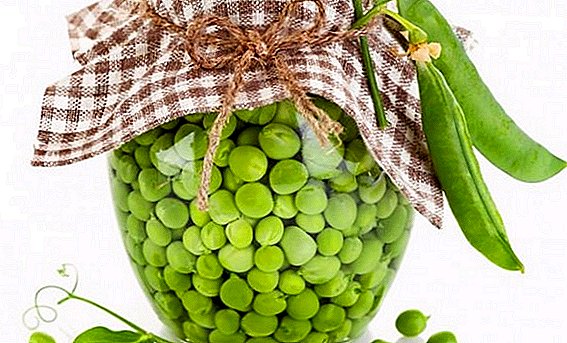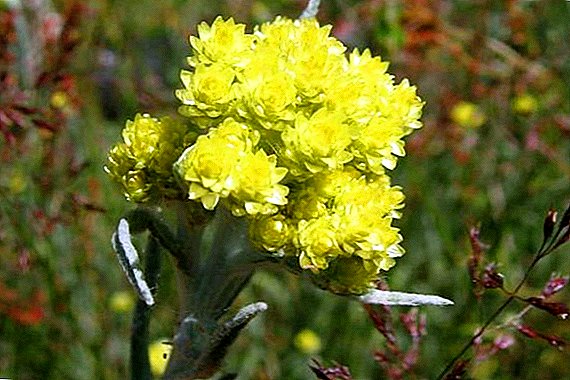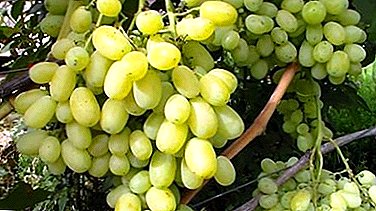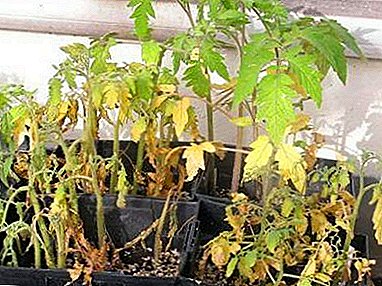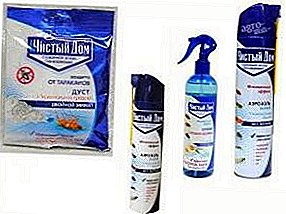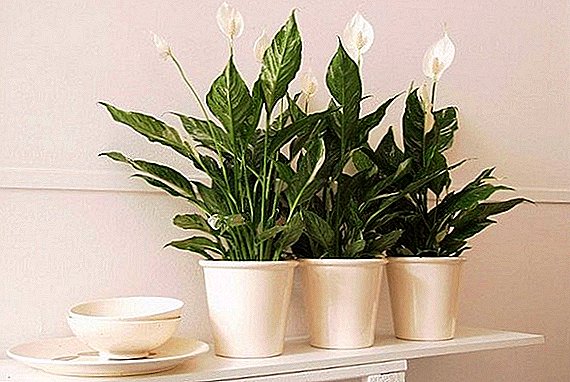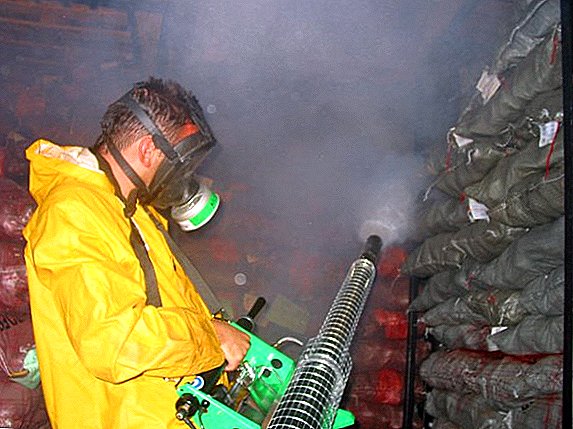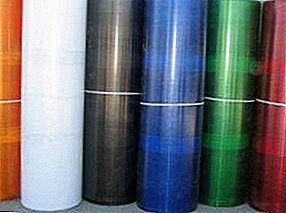
Who would have thought ten years ago that we will be able to influence the growth and fruiting of garden and garden crops with the help of the color gamut of greenhouse coverings ?!
In addition to normal care. correctly selected polycarbonate color will help to grow strong plants and create the right conditions for high yield.
Let's try to figure out what color polycarbonate is better to use for the greenhouse.
Scientifically
Sunlight is necessary for plants to grow, bear and reproduce. This we know from the school lessons of botany. Achieve clean sunshine in the greenhouse is impossible, because any coating somehow absorbs some of it.
Is it possible to cover the greenhouse with colored polycarbonate? It was always believed that the material for covering greenhouses should be as transparent as possible.
Recently, however, gardeners have increasingly begun to use colored polycarbonate for this purpose, while choosing yellow, orange and red shades. Why choose polycarbonate for greenhouses? What is the best color?
Effect of color on plants
 What color of polycarbonate is better for choosing for the greenhouse? Light spectrum represents electromagnetic waves of different lengths. Some of them act on plants destructively, others - beneficially.
What color of polycarbonate is better for choosing for the greenhouse? Light spectrum represents electromagnetic waves of different lengths. Some of them act on plants destructively, others - beneficially.
It all depends on how this or that light is absorbed by chlorophyll - one of the main participants in photosynthesis. The electromagnetic wavelength is measured in nanometers (nm).
280 nm wavelength is hard ultraviolet, it is invisible to our eyes and has a negative impact on both man and the plant. It sheds leaves, growing points die. The advantages of polycarbonate are that it completely absorbs these rays.
The ultraviolet part of the spectrum with a wavelength of 280 to 315 nm contributes to the hardening of plants and increases their resistance to cold. Electromagnetic waves in the range of 315-380 nm improve metabolism and promote growth. Polycarbonate misses these ultraviolet rays.
Green spectrum almost not absorbed by plants, despite the fact that it is in the “green” part (550 nm) that the maximum of the continuous spectrum of sunlight perceived by the eye is located. Being under the influence of this color, the plant begins to wither, slow down the development and stretch.
Shades of purple-blue (380 - 490 nm) are useful for development and growth. Violet color affects the formation of proteins and the growth rate of plants. In such a spectrum, it is good to grow crops of a short daylight, they bloom faster.
Blue colour beneficial effect on the growth of green mass - the stem and leaves. If the blue hue of the spectrum is missed in the greenhouse lighting, the plant can begin to stretch strongly to get its dose of light.
For the cultivation of fruit crops optimal is the range of orange (620-595 nm) and red (720-600 nm) colors. They are most actively absorbed by the photosensitive pigment - chlorophyll and contribute to the formation of hydrocarbons. This radiation provides the plant with energy for photosynthesis, and affects the rate of growth.
Polycarbonate Transparency
 The choice of polycarbonate today is extremely wide, as well as the scope of its application. Among the technical characteristics of the material, light transmission plays a significant role, especially when used as a coating for greenhouses.
The choice of polycarbonate today is extremely wide, as well as the scope of its application. Among the technical characteristics of the material, light transmission plays a significant role, especially when used as a coating for greenhouses.
Polycarbonate is a flexible material when coated. light transmission depends from the bend radius and ranges from 82 to 90%.
Matt colored polycarbonate will not work. to cover greenhouses, it lets less than 65% of the sun's rays. Most often it is used for sheds where shadow is desired.
Transparent polycarbonate also depends on the thickness of the sheetwhich can be from 4 to 25 mm. The thicker the material, the less light it conducts. For greenhouses, a thickness of 4 to 16 mm is recommended. The choice depends on the type of greenhouse.
Greenhouse, as a decoration of the dacha
Greenhouse of colored polycarbonate itself is already an ornament. A bright spot among the dacha greens always pleases the eye.
If you want a design solution, you can plant ornamental bushes around it and lay out a beautiful path leading to the greenhouse.
For decorating greenhouses from non-colored transparent polycarbonate can use drawingif the greenhouse butt is directed to the plot.
It is possible to apply drawing only on this part of the greenhouse. The roof and side walls must be kept clean so as not to obscure its internal space.
A photo
Here in the photographs there are examples of colored greenhouses and greenhouses with a pattern.



Polycarbonate almost supplanted glass, as a dacha, as well as industrial greenhouses.


